AO Edited
Juan Rulfo House of Culture Mural
The entrance to an early 20th-century cultural center features murals that deal with the cultural fusion that characterizes Mexico.
Built in 1912, this building was originally the seat of the local authority for the town of Mixcoac, in the outskirts of Mexico City. By 1970, when the city gained its most recent boroughs, the government of the Benito Juárez Borough would also be based from the building, as the urban sprawl had now fully engulfed the former town.
Five years later, the Benito Juárez government would move to purpose-built installations, and a Cultural Center (known locally as Casa de la Cultura, or House of Culture) would be established here. In 1979, artist Othón Francisco Eppens Helguera painted a mural, titled “Quetzalcóatl, o Nuestras Raíces Culturales” (Quetzalcóatl, or Our Cultural Roots) on the arched entrance to the center.
Better known as Francisco Eppens, like many Mexican muralists of his time, he was interested in mestizaje, the cultural mix of mainly Spanish and Indigenous elements that lead to distinctly Mexican identities. This can be seen in this mural and the monumental one on the Faculty of Medicine of UNAM, likely his best-known work.
In 1986, the House of Culture was renamed posthumously in honor of noted writer Juan Rulfo (whose literary masterpiece was the gothic magical realist/supernatural novel “Pedro Paramo”). The mural was retouched and other architectural features renovated following a remodel of the building in early 2020.
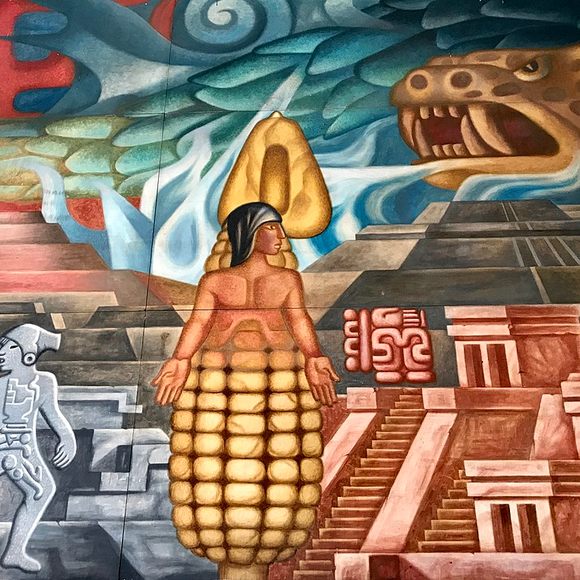

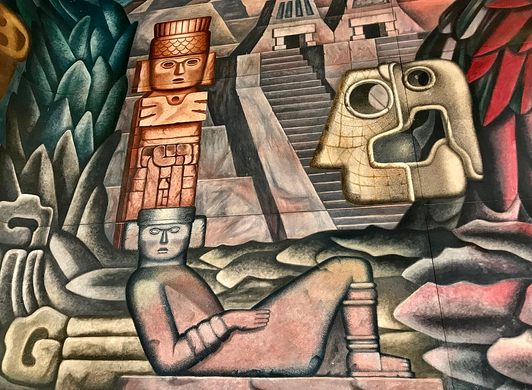
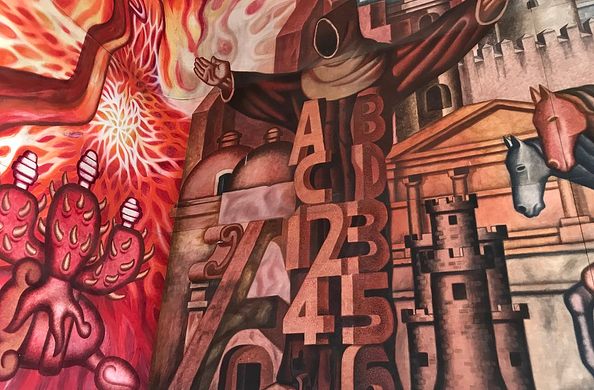
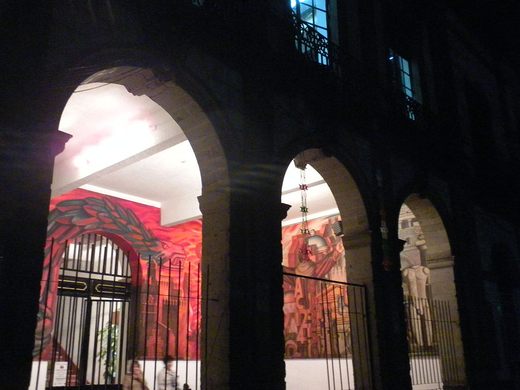
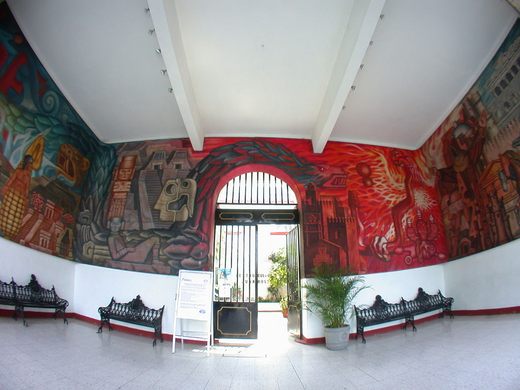
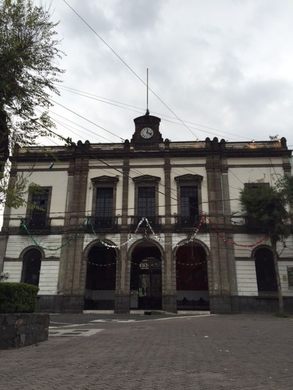


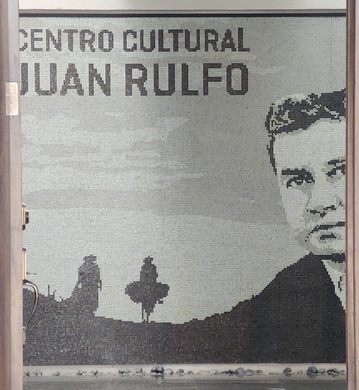









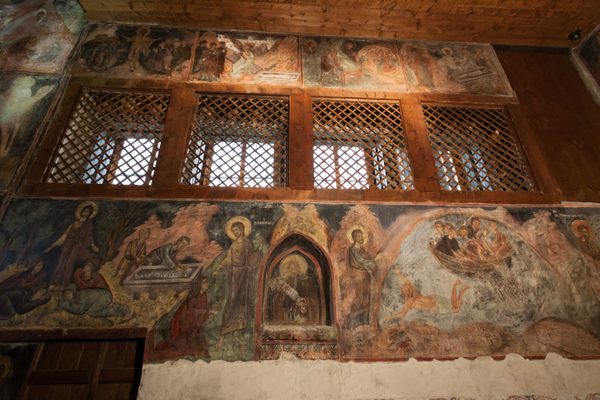

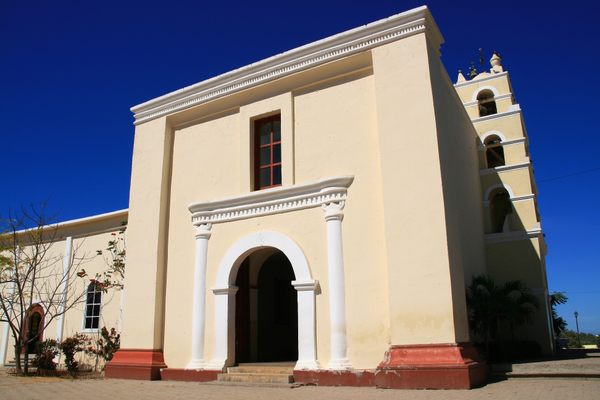

Follow us on Twitter to get the latest on the world's hidden wonders.
Like us on Facebook to get the latest on the world's hidden wonders.
Follow us on Twitter Like us on Facebook